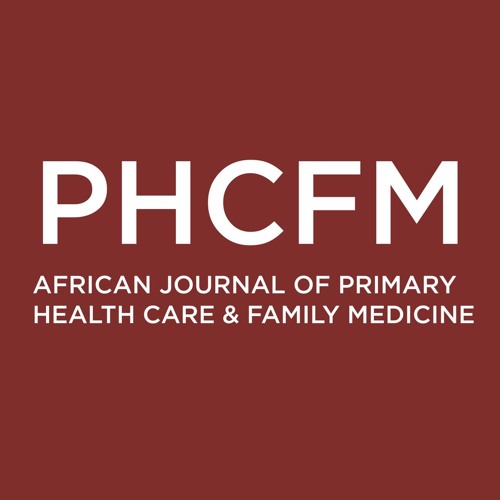Could an increase in vigilance for spinal tuberculosis at primary health care level, enable earlier diagnosis at district level in a tuberculosis endemic country?

Citation: Galloway, K., & Parker, R. (2018). Could an increase in vigilance for spinal tuberculosis at primary health care level, enable earlier diagnosis at district level in a tuberculosis endemic country?. African Journal of Primary Health Care & Family Medicine, 10(1), 9 pages. doi:https://doi.org/10.4102/phcfm.v10i1.1666
Abstract:
Background: Expert clinicians and researchers in the field of spinal tuberculosis (STB) advocate for early identification and diagnosis as a key to reducing disability, severity of disease, expensive surgery and death, especially in tuberculosis (TB) endemic countries like South Africa. South Africa has the highest incidence per capita of tuberculosis in the world, and a conservative estimate of the incidence of STB in South Africa is 8–16:100 000. People living with STB may initially present to primary health care (PHC) centres, where the opportunity exists for early identification. Spinal pain is the most common presentation of STB, but even this symptom may not be present. Occasionally the only symptoms are neurological injury, dysphagia or referred pain. Computerised tomography-guided biopsy remains the diagnostic gold standard for STB.
Aim: A narrative review was undertaken to investigate the evidence available that could assist with the early diagnosis of STB.
Method: Articles were searched for and retrieved from three databases and assessed for quality and relevance to primary settings in a TB endemic country.
Results: The following evidence-based, affordable and available tools could facilitate early diagnosis of STB at PHC and district hospital levels: (1) back pain screening questions, undressed spinal physical examination, HIV and antiretroviral therapy history, (2) erythrocyte sedimentation rate, C-reactive protein, platelets, haemoglobin, white cell count (WCC), sputum for GeneXpert and accurate weight measurement, (3) physiotherapy and/or medical and/or speech therapy assessment, (4) full spinal radiograph, chest radiograph, abdominal ultrasound, urine lipoarabinomannan (LAM) if CD4 < 200 and ultrasound-guided biopsy of superficial abscesses, (5) clear referral guidelines at all levels, (6) a positive response to treatment to confirm the diagnosis.
Conclusion: These affordable and simple actions at PHC and district levels could facilitate earlier diagnosis of STB.
Background: Expert clinicians and researchers in the field of spinal tuberculosis (STB) advocate for early identification and diagnosis as a key to reducing disability, severity of disease, expensive surgery and death, especially in tuberculosis (TB) endemic countries like South Africa. South Africa has the highest incidence per capita of tuberculosis in the world, and a conservative estimate of the incidence of STB in South Africa is 8–16:100 000. People living with STB may initially present to primary health care (PHC) centres, where the opportunity exists for early identification. Spinal pain is the most common presentation of STB, but even this symptom may not be present. Occasionally the only symptoms are neurological injury, dysphagia or referred pain. Computerised tomography-guided biopsy remains the diagnostic gold standard for STB.
Aim: A narrative review was undertaken to investigate the evidence available that could assist with the early diagnosis of STB.
Method: Articles were searched for and retrieved from three databases and assessed for quality and relevance to primary settings in a TB endemic country.
Results: The following evidence-based, affordable and available tools could facilitate early diagnosis of STB at PHC and district hospital levels: (1) back pain screening questions, undressed spinal physical examination, HIV and antiretroviral therapy history, (2) erythrocyte sedimentation rate, C-reactive protein, platelets, haemoglobin, white cell count (WCC), sputum for GeneXpert and accurate weight measurement, (3) physiotherapy and/or medical and/or speech therapy assessment, (4) full spinal radiograph, chest radiograph, abdominal ultrasound, urine lipoarabinomannan (LAM) if CD4 < 200 and ultrasound-guided biopsy of superficial abscesses, (5) clear referral guidelines at all levels, (6) a positive response to treatment to confirm the diagnosis.
Conclusion: These affordable and simple actions at PHC and district levels could facilitate earlier diagnosis of STB.
Author(s): African Journal of Primary Health Care & Family Medicine
Year: 2018
Language: English
Region(s): SOUTH AFRICA
Resource Type: Journal Articles
Source: Other
